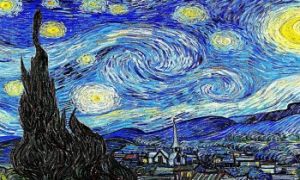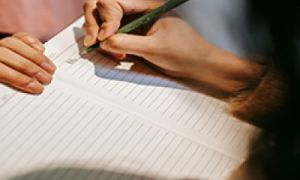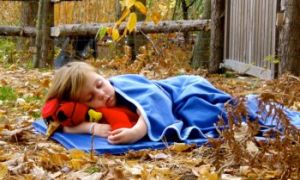A: Not necessarily! While follow-ups can be valuable, they aren't always required. Observations and learning stories serve different purposes, and whether a follow-up is needed depends on the context.
-
Observations: These document a child's actions, behaviors, and learning moments. Some observations may naturally lead to follow-ups, especially if they highlight areas for growth or new interests. However, others may simply serve as records without needing further action.
-
Learning Stories: These are more reflective and narrative-based, often including an analysis and suggested next steps. Many educators incorporate follow-ups to extend learning, but it's not a strict requirement. Some learning stories stand alone as meaningful documentation of a child's experience.
The EYLF Cycle Is An Ongoing Process Is It Still Necessary To Include A Follow-Up?
The EYLF planning cycle is indeed an ongoing process, and while follow-ups can be valuable, they aren't strictly required in every instance. The cycle itself emphasizes continuous reflection, observation, and responsive planning, meaning that learning naturally evolves without needing rigid follow-ups.
However, incorporating follow-ups can be beneficial when:
- A child shows a strong interest in a particular topic, and extending the learning would deepen their engagement.
- An observation highlights a developmental milestone that could be further supported.
- Educators want to assess the effectiveness of a previous learning experience and refine future planning.
Some educators argue that follow-ups should be organic rather than forced, ensuring that learning remains child-led and meaningful. Instead of viewing follow-ups as mandatory, they can be seen as opportunities to enrich learning when appropriate.
What Makes A Follow-Up Effective?
An effective follow-up builds on previous learning and keeps the momentum going. Here are some key elements that make a follow-up impactful:
- Clear Purpose: A follow-up should have a defined goal—whether it's reinforcing concepts, extending learning, or addressing gaps.
- Engagement: Activities should be interactive, encouraging participation through discussions, hands-on tasks, or reflection exercises.
- Relevance: Connecting the follow-up to real-world applications or students' interests makes it more meaningful.
- Feedback & Assessment: Gathering insights through quizzes, surveys, or informal discussions helps gauge understanding and adjust accordingly.
- Resources & Support: Providing additional reading materials, multimedia content, or peer collaboration opportunities enhances learning.
What Do I Do If I Don't Include A Follow Up
If you choose not to include a follow-up, that's completely fine! The EYLF planning cycle is designed to be ongoing and responsive, meaning that learning naturally evolves without needing rigid follow-ups. Here’s how you can ensure meaningful learning without a formal follow-up:
- Reflect & Document: Instead of a structured follow-up, you can reflect on the learning experience and document observations for future reference.
- Spontaneous Extensions: Learning can be extended organically through child-led play, discussions, or new activities that emerge naturally.
- Flexible Planning: Rather than planning a direct follow-up, you can incorporate insights into future programming, ensuring that learning remains dynamic.
- Responsive Teaching: If a child revisits a concept or shows continued interest, you can build on it in the moment rather than through a planned follow-up.
The key is to stay attuned to children's interests and needs, allowing learning to unfold naturally.
How Do You End An Observation And Learning Story Without A Follow Up
Ending an observation or learning story without a follow-up can still be meaningful and reflective. Here are some ways to conclude effectively:
1. Summarize the Learning Experience
- Highlight key moments and insights from the observation.
- Acknowledge the child's engagement, curiosity, or developmental progress.
2. Reflect on the Significance
- Share thoughts on how the experience contributes to the child's learning journey.
- Connect it to broader developmental goals or interests.
3. Celebrate the Moment
- End on a positive note by recognizing the child's achievements.
- Use encouraging language to validate their efforts.
4. Leave Room for Future Exploration
- Instead of a structured follow-up, express openness to revisiting the concept if the child shows continued interest.
- Example: "This experience was a wonderful demonstration of [child’s name]’s creativity. It will be exciting to see how they build on this in their own way!"
5. Use a Thoughtful Closing Statement
- Example: "This moment captured [child’s name]’s curiosity and enthusiasm. Their journey of discovery continues!"
- Example: "Through this experience, [child’s name] explored new ideas and expressed themselves in a unique way. We look forward to seeing where their interests take them next!"
Examples Of Learning Stories With No Follow Ups
Here are some sample learning story endings that don’t include a structured follow-up but still feel complete and meaningful:
Example 1: Celebrating the Moment
"Today, [child’s name] explored the world of colors with enthusiasm, mixing shades and discovering new combinations. Their joy in experimenting and expressing themselves was wonderful to witness. This experience highlights their growing confidence in creative exploration, and we look forward to seeing how they continue to express their ideas in their own way!"
Example 2: Reflecting on Growth
"Through this experience, [child’s name] demonstrated curiosity and problem-solving skills, showing persistence in figuring out how things work. Their ability to engage deeply in the process rather than just the outcome is a testament to their developing mindset. It will be exciting to see how they apply this approach to future discoveries!"
Example 3: Acknowledging the Journey
"This moment captured [child’s name]’s enthusiasm for storytelling. Their ability to weave ideas together and express their thoughts creatively is a joy to see. As they continue to explore language and communication, we celebrate their growing confidence in sharing their voice!"
Example 4: Leaving Room for Future Exploration
"Today, [child’s name] engaged in a hands-on science experiment, observing reactions and making predictions. Their excitement and curiosity were evident throughout the process. While this activity has come to an end, their journey of discovery is just beginning, and we look forward to seeing where their interests take them next!"
Observation Examples With No Follow Up
Observation: Building Towers
Date: 28 May 2025
Child: Arjun (4 years old)
Setting: Indoor play area
Observation:
Arjun sat on the carpet with a set of wooden blocks. He carefully stacked one block on top of another, pausing to adjust each piece before adding the next. His eyes widened as the tower grew taller. At one point, the structure wobbled, and he quickly steadied it with both hands. After placing the final block, he clapped his hands and smiled. Moments later, the tower collapsed, and Arjun laughed before immediately starting again.
Reflection:
Arjun demonstrated patience, focus, and fine motor skills while building his tower. His reaction to the collapse showed resilience and a willingness to try again. This moment highlights his growing confidence in problem-solving and spatial awareness.
Observation: Exploring Textures
Date: 28 May 2025
Child: Meera (3 years old)
Setting: Sensory play area
Observation:
Meera reached into a basket filled with different textured materials—soft cotton, rough burlap, and smooth silk. She ran her fingers over each one, pausing to press the burlap against her cheek. She giggled when she touched the fluffy cotton and held onto it for a while. As she explored, she occasionally looked up at the educator, smiling as if to share her discovery.
Reflection:
Meera demonstrated curiosity and sensory awareness as she explored different textures. Her reactions showed engagement and enjoyment, highlighting her growing ability to recognize and respond to sensory experiences.
Observation: Problem-Solving with Puzzles
Date: 28 May 2025
Child: Aarav (5 years old)
Setting: Puzzle station
Observation:
Aarav picked up a puzzle piece and examined its shape carefully. He rotated it several times before attempting to fit it into place. When it didn’t fit, he furrowed his brow and tried another piece. After a few attempts, he found the correct match and grinned. He continued working through the puzzle, occasionally pausing to assess his progress.
Reflection:
Aarav displayed persistence and problem-solving skills while completing the puzzle. His approach showed logical thinking and patience, demonstrating his ability to analyze and adjust his strategy.
Observation: Social Interaction During Play
Date: 28 May 2025
Child: Zoya (4 years old)
Setting: Outdoor play area
Observation:
Zoya and her friend were playing with a set of toy animals. She picked up a lion and said, “This one is the king!” Her friend nodded and added, “And this one is the baby.” They took turns arranging the animals, creating a small pretend jungle. When another child approached, Zoya handed them a giraffe and said, “You can play too!”
Reflection:
Zoya demonstrated social awareness and cooperative play. She engaged in imaginative storytelling and showed inclusivity by inviting another child to join in.
These observations captures the child’s experience without requiring a follow-up. It simply documents the moment and reflects on its significance.
Further Reading
Observations in Childcare
Descriptive Words For Documentation, Observations, and Reports
Q: How Do I Come Up With Extension Ideas During Observations
Q: How Do I Write An Observation?
Reference:
EYLF Planning Process, ACECQA


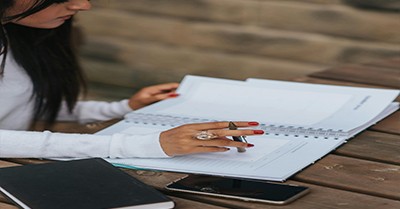


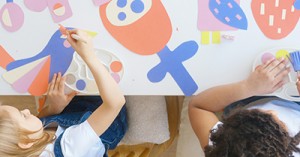
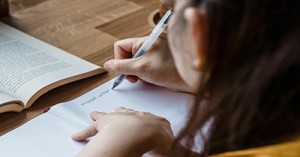
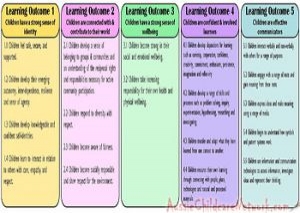 Here is the list of the EYLF Learning Outcomes that you can use as a guide or reference for your documentation and planning. The EYLF
Here is the list of the EYLF Learning Outcomes that you can use as a guide or reference for your documentation and planning. The EYLF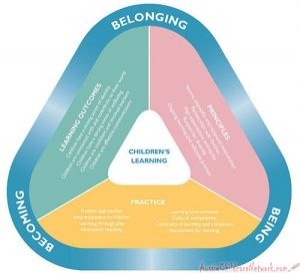 The EYLF is a guide which consists of Principles, Practices and 5 main Learning Outcomes along with each of their sub outcomes, based on identity,
The EYLF is a guide which consists of Principles, Practices and 5 main Learning Outcomes along with each of their sub outcomes, based on identity,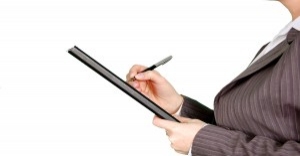 This is a guide on How to Write a Learning Story. It provides information on What Is A Learning Story, Writing A Learning Story, Sample
This is a guide on How to Write a Learning Story. It provides information on What Is A Learning Story, Writing A Learning Story, Sample One of the most important types of documentation methods that educators needs to be familiar with are “observations”. Observations are crucial for all early childhood
One of the most important types of documentation methods that educators needs to be familiar with are “observations”. Observations are crucial for all early childhood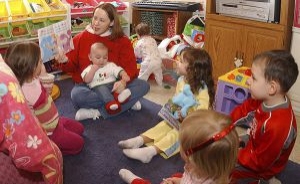 To support children achieve learning outcomes from the EYLF Framework, the following list gives educators examples of how to promote children's learning in each individual
To support children achieve learning outcomes from the EYLF Framework, the following list gives educators examples of how to promote children's learning in each individual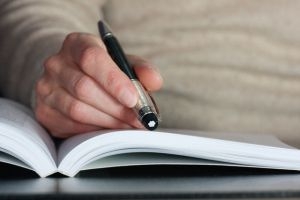 Reflective practice is learning from everyday situations and issues and concerns that arise which form part of our daily routine while working in an early
Reflective practice is learning from everyday situations and issues and concerns that arise which form part of our daily routine while working in an early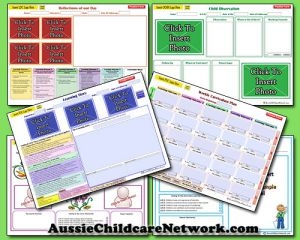 Within Australia, Programming and Planning is reflected and supported by the Early Years Learning Framework. Educators within early childhood settings, use the EYLF to guide
Within Australia, Programming and Planning is reflected and supported by the Early Years Learning Framework. Educators within early childhood settings, use the EYLF to guide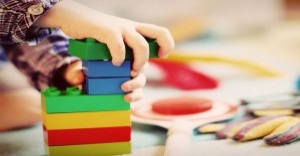 When observing children, it's important that we use a range of different observation methods from running records, learning stories to photographs and work samples. Using
When observing children, it's important that we use a range of different observation methods from running records, learning stories to photographs and work samples. Using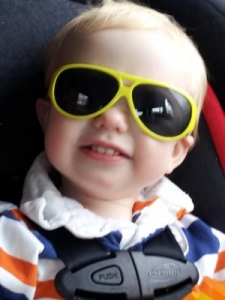 This is a guide for educators on what to observe under each sub learning outcome from the EYLF Framework, when a child is engaged in
This is a guide for educators on what to observe under each sub learning outcome from the EYLF Framework, when a child is engaged in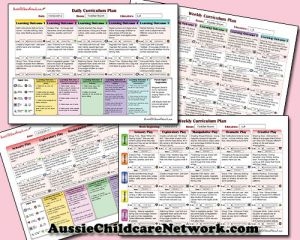 The Early Years Learning Framework describes the curriculum as “all the interactions, experiences, activities, routines and events, planned and unplanned, that occur in an environment
The Early Years Learning Framework describes the curriculum as “all the interactions, experiences, activities, routines and events, planned and unplanned, that occur in an environment